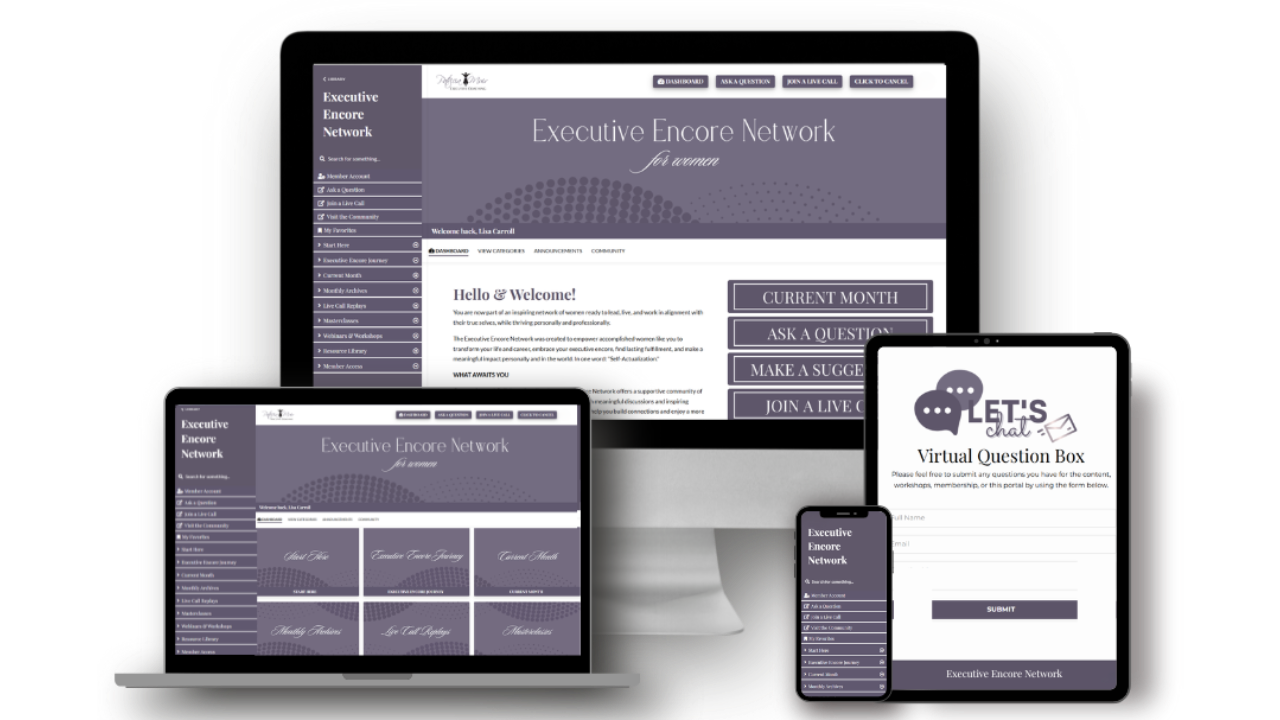
The Motivational Trifecta
Jul 25, 2018As I read the book, Why Motivating People Doesn’t Work…and What Does: The New Science of Leading, Energizing, and Engaging by consultant Susan Fowler, I take note that I can best serve my executive clients by having those coaching conversations about tapping into their employees’ basic drives:
- Autonomy
- Relatedness
- Competence
Goldilocks Management: Just the Right Amount
This blog focuses on autonomy and relatedness because these two basic drives require a delicate balance – not too much; not too little; just the right amount.
Autonomy
“Autonomy is our human need to perceive we have choices. It is our need to feel that what we are doing is of our own volition. It is our perception that we are the source of our actions.” ~ Susan Fowler
When working with individual executives to build their personal foundation, we begin with identifying their personal needs and how to get them met appropriately. The need for autonomy is always high on their lists. As adults, we never lose our need for autonomy. It’s a critical motivator.
Research has shown that productivity significantly increases for blue-collar workers in manufacturing plants when they are given the ability to stop the line. So does the productivity of white-collar workers in major investment banks who report a high sense of autonomy.
However, when those who lead and manage become too involved in pushing people to be productive, even under the well-intentioned guise of coaching and encouragement, they can actually undermine perceived autonomy. There’s a fine line that requires Goldilocks management: just the right amount.
Of course, being sensitive to how much attention is over-managing and how much is not enough is quite a challenge in today’s workplace. Motivational outlook conversations with individuals are the best way to find out. Stay tuned to learn more about motivation outlook conversations throughout this blogging series.
Relatedness
The degree of relatedness provided for individuals is also a fine line. Some need more; others less. Relatedness is defined as our need to care about and be cared for by others. “It is our need to feel connected to others without concerns about ulterior motives,” Fowler notes. “It is our need to feel that we are contributing to something greater than ourselves.” I personally believe this need grows exponentially with age and as people enter their wisdom years. A good reason for honouring this need of older workers: everyone benefits.
In 1924, Western Electric conducted one of the first studies on workplace behaviors at Hawthorne Works, a plant located just outside of Chicago. Researchers found that workers were more productive when they knew they were being observed and were included in social interactions. George Elton Mayo described this as a positive emotional effect stemming from workers’ awareness of a sympathetic, interested observer.
We are social animals. When offered opportunities to work together, as in teams, groups, and committees, our engagement and productivity increase. We thrive on connection and community.
Think about it: We spend an enormous percentage of our time at work, getting ready for work, preparing for meetings and presentations, and thinking about what we’re going to say or do. Some experts estimate we spend 75 percent of our waking hours focused on work. If our relationship needs go unmet at work, we are unlikely to be able to adequately compensate outside the workplace. In my work with executives preparing to retire from the workplace, the fear of losing relationships and connection with others is consistently in the top five.
Consequences of Ignoring How People Feel
Leaders have enormous opportunities to help their people find meaning in workplace interpersonal experiences. If you make the mistake of applying pressure to perform without regarding how people feel, they will likely interpret your actions as self-serving. This never works. Your staff will disconnect and disengage. Or worse, as we are seeing in social media, employees (even previously loyal employees) will express their grievances publicly.
What do you think about this?
- How do you find out what truly motivates an individual employee?
- How do you determine what’s “just enough” when addressing autonomy and relatedness?
- What opportunities are available to help your employees find meaning in their workplace interpersonal experiences?
The conversation about motivation continues in the next blog post:
- Competence: The Third Psychological Need in the Workplace
- What We Can Learn about Motivation from Monkeys
I would love to hear from you. Tell me about the challenges and successes you have with building capacity and capability for a great workplace and great profits. Your comments are welcome.
You can contact me at [email protected], on LinkedIn, on Maestro’s Facebook page.
Books and Audiobooks:
Why Motivating People Doesn’t Work…and What Does: The New Science of Leading, Energizing, and Engaging, Susan Fowler.
Also available in Kindle Edition, on iTunes (audiobook), and in iBooks
Link to Motivation Series Blogs:
What is Flow and How is Flow Created? - We are Most Productive and Satisfied in the State of Flow
Boost Employee Commitment with Motivational Outlook Conversations
Motivate without Micromanaging - Eliminate Mindless Compliance and Conformity
Puzzles Motivate Monkeys. What Motivates People? – The Power of Self-Determination
What We can Learn about Motivation from Monkeys – The Psychological Need for Competence
The Motivational Trifecta - Goldilocks Management: Just the Right Amount
Motivate without Over-Managing - This isn’t the 20th Century Workplace
Related Blogs:
Providing Conditions for Peak Performance, Patricia Muir
Next Steps
You don’t need to navigate your Executive Encore alone. Discover a better way to take charge of your experience.
- Schedule a 30-Minute Complimentary Executive Encore Call.
Ready to elevate your encore chapter?
- Join the Executive Encore Network for Women, a membership and community of supportive women ready to inspire and uplift. Subscribe to the Sunday Encore to begin your Executive Encore Journey and register for the next Tour to learn more.


